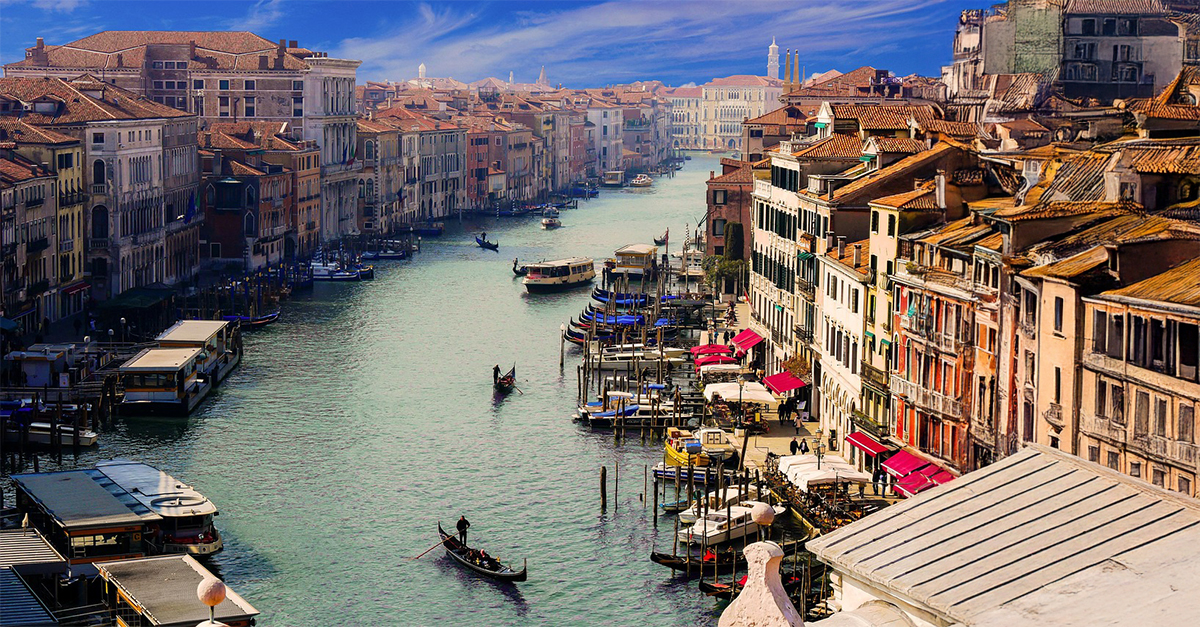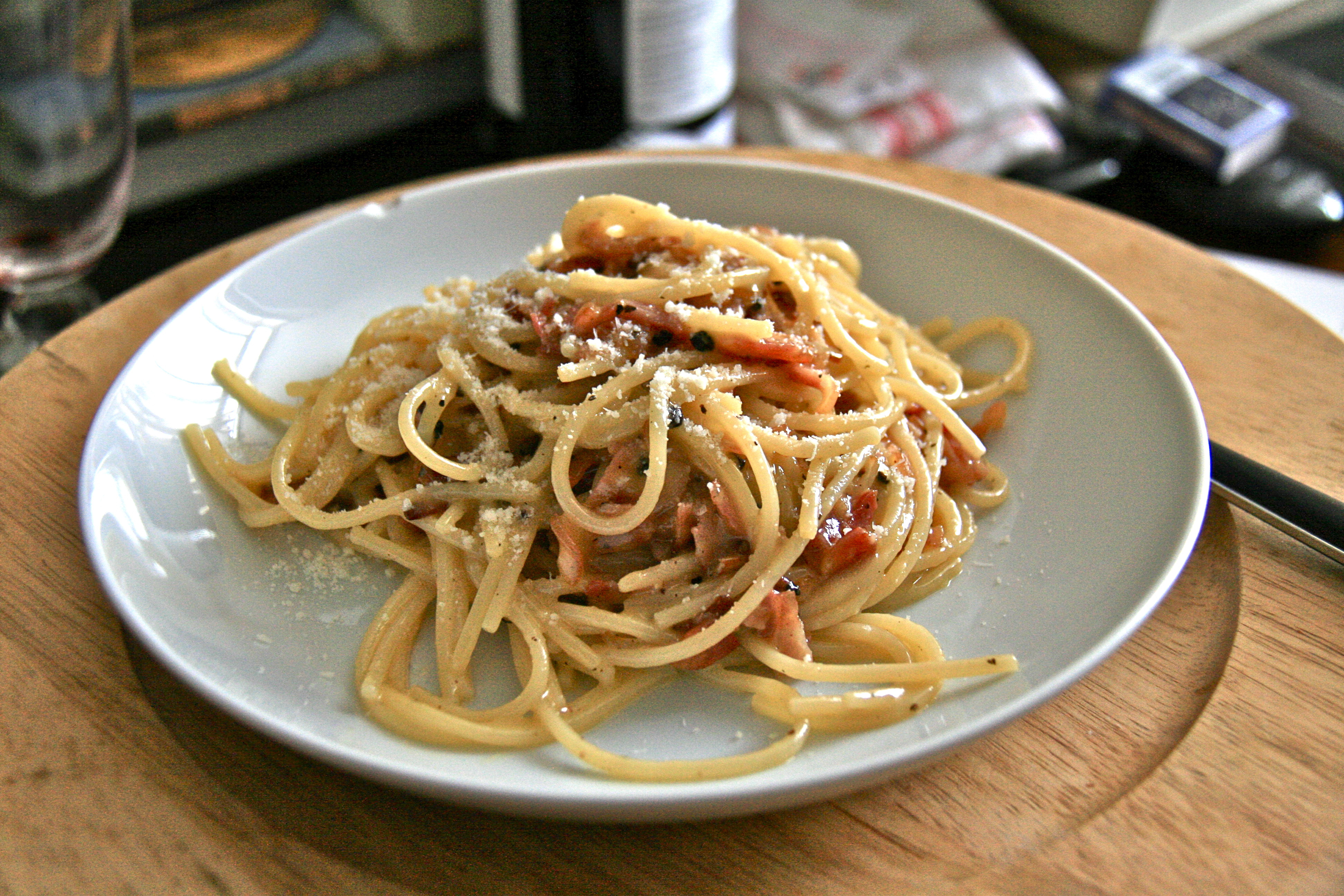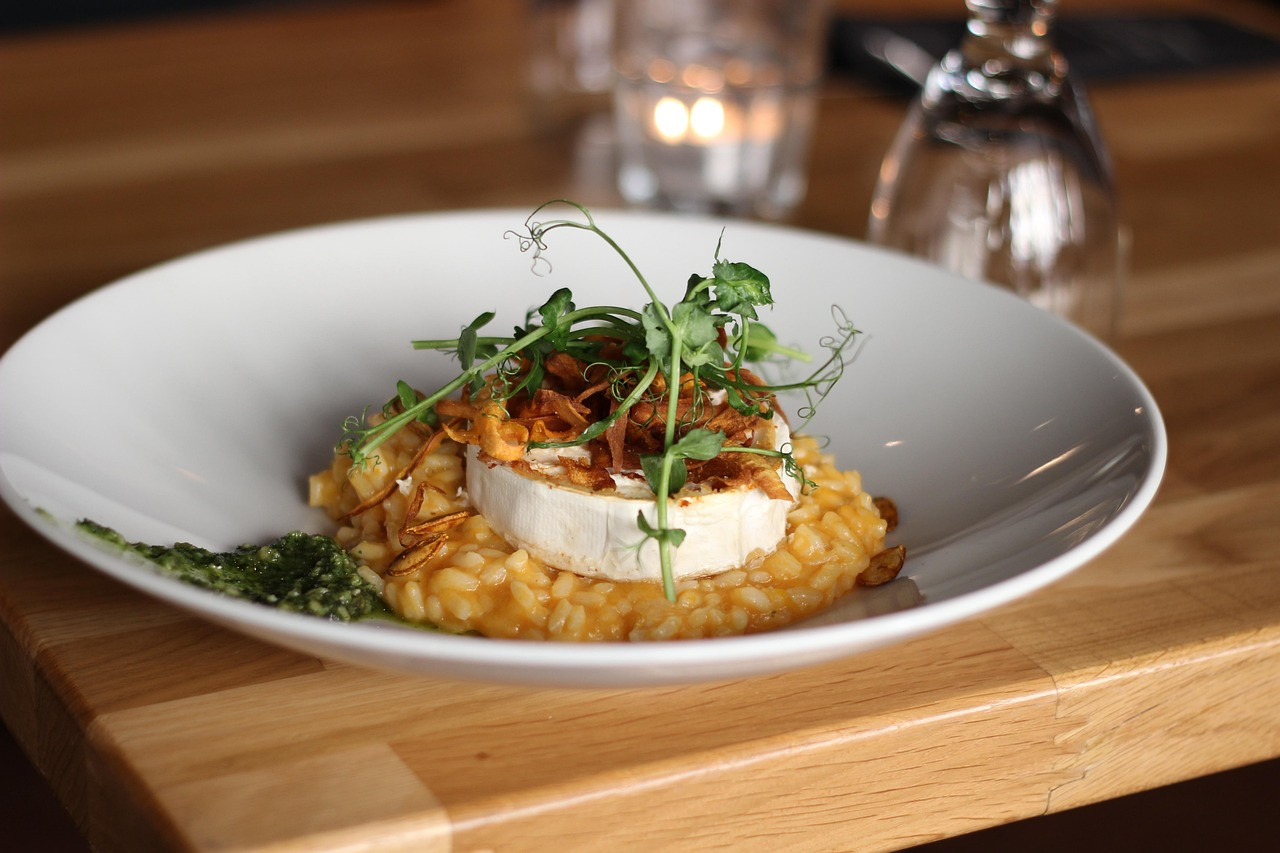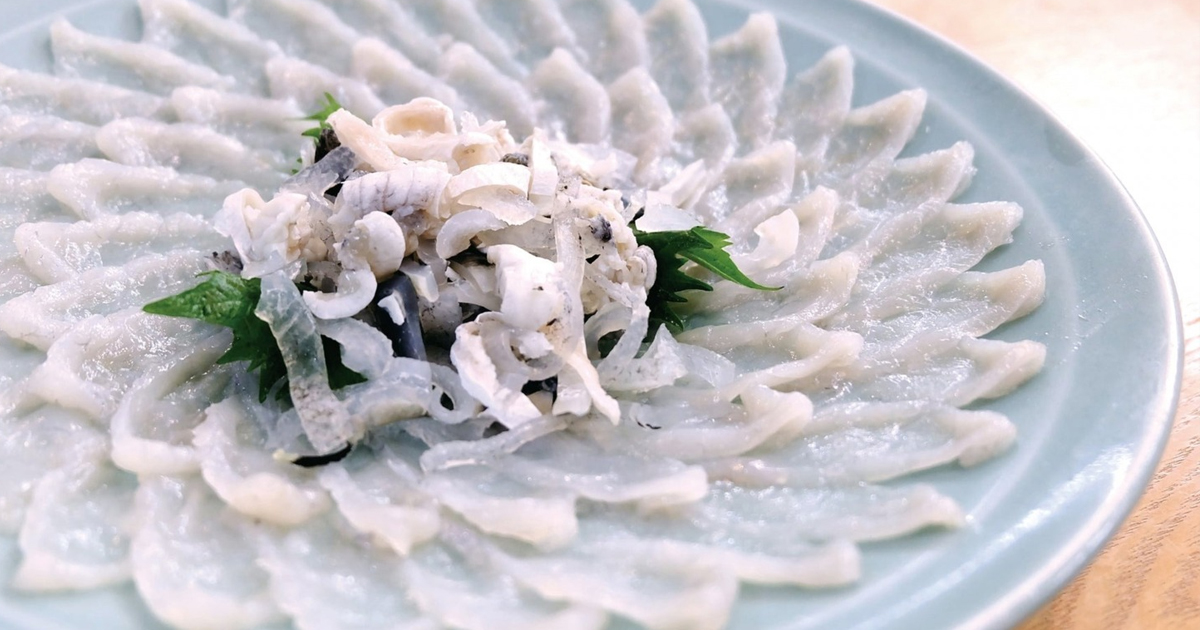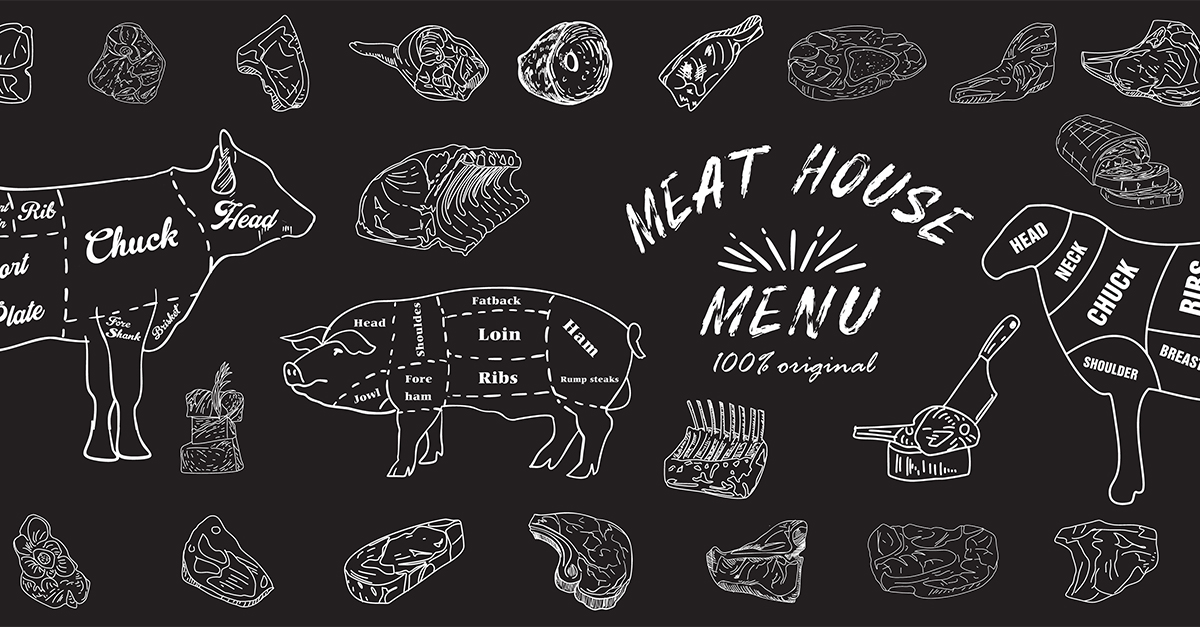Most of us North Americans see Italian food as one unified cuisine, but the reality is a lot more interesting. Dishes we associate with Italy today are very regional, guided by geography, history, and local traditions. From the seafood pastas of the coast to the polentas of the north, getting to know where these dishes come from, specifically, adds to our appreciation of good Italian.
Pasta Carbonara: Rome
Pasta alla carbonara is an Italian favorite, but its origin is highly contested. Most food sleuths trace its roots to the Lazio region: that means Rome. Made with eggs, Pecorino Romano, guanciale (cured pork jowl), and black pepper, carbonara is a great example of Roman cuisine’s pursuit of bold flavors with the minimum of ingredients. Cream, garlic, or onions need not apply: those are often American additions.
Risotto: Northern Italy
Creamy, hearty risotto comes from northern Italy, in the regions of Lombardy and Veneto, to be exact. The classic risotto alla Milanese, made with saffron and beef stock, came from Milan and was often served alongside osso buco. Arborio and Carnaroli rice, grown in the Po Valley, give risotto its unique texture, soaking up flavors without turning into mush.
Lasagna: Emilia-Romagna
Lasagna’s roots go way back to the Middle Ages, but the familiar version we know today with its layers of pasta, béchamel, ragù, and Parmigiano-Reggiano, originally came from Emilia-Romagna. Bologna (the city, not the sandwich meat) is thought to be the epicenter of this rich, layered dish. Traditional Bolognese lasagna uses green spinach pasta and slow-cooked meat sauce, as opposed to the tomato-heavy versions found elsewhere.
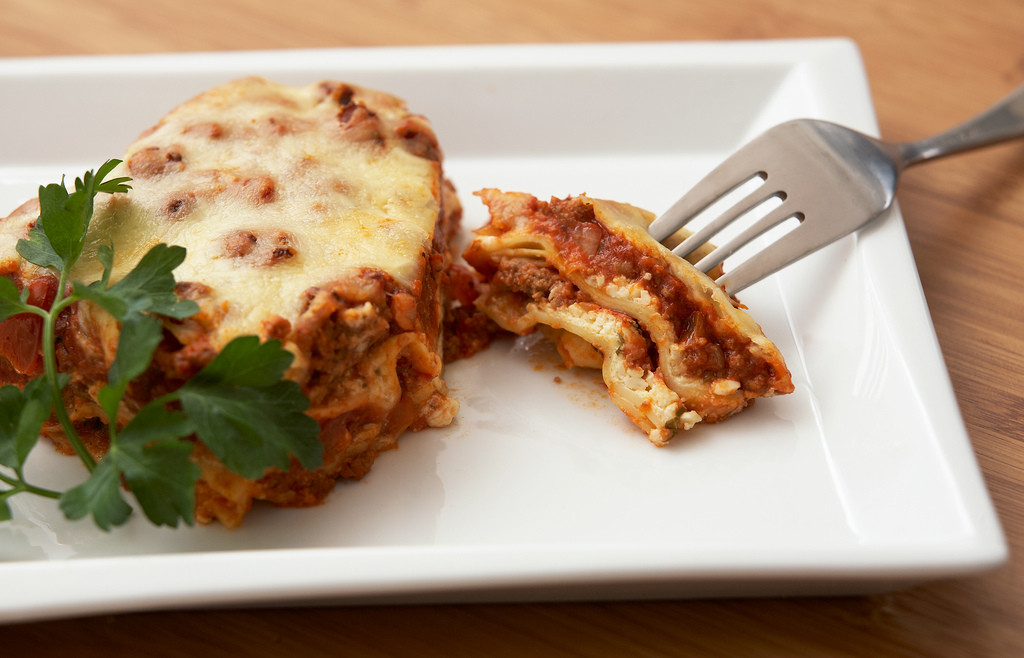 Breville USA, Wikimedia Commons
Breville USA, Wikimedia Commons
Pizza Margherita: Naples
It may very well be the most influential Italian dish: pizza Margherita started in Naples in the late 19th century. The tale is often told that the pizza, loaded with tomato, mozzarella, and basil to look like the Italian flag, was made in honor of Queen Margherita of Savoy. Today, the Neapolitan pizza recipe is strictly regulated under UNESCO heritage rules to maintain its original style.
 Peachyeung316, Wikimedia Commons
Peachyeung316, Wikimedia Commons
Orecchiette: Puglia
Southern Italy has many culinary gems of its own, including orecchiette, or “little ears,” little ear-shaped pasta from Puglia. Traditionally handmade and served with sautéed broccoli rabe and garlic, this pasta is emblematic of the simplicity and wholesomeness of southern Italian cuisine. The dough is made from semolina flour and water without eggs, bringing home the region’s resourceful peasant ways.
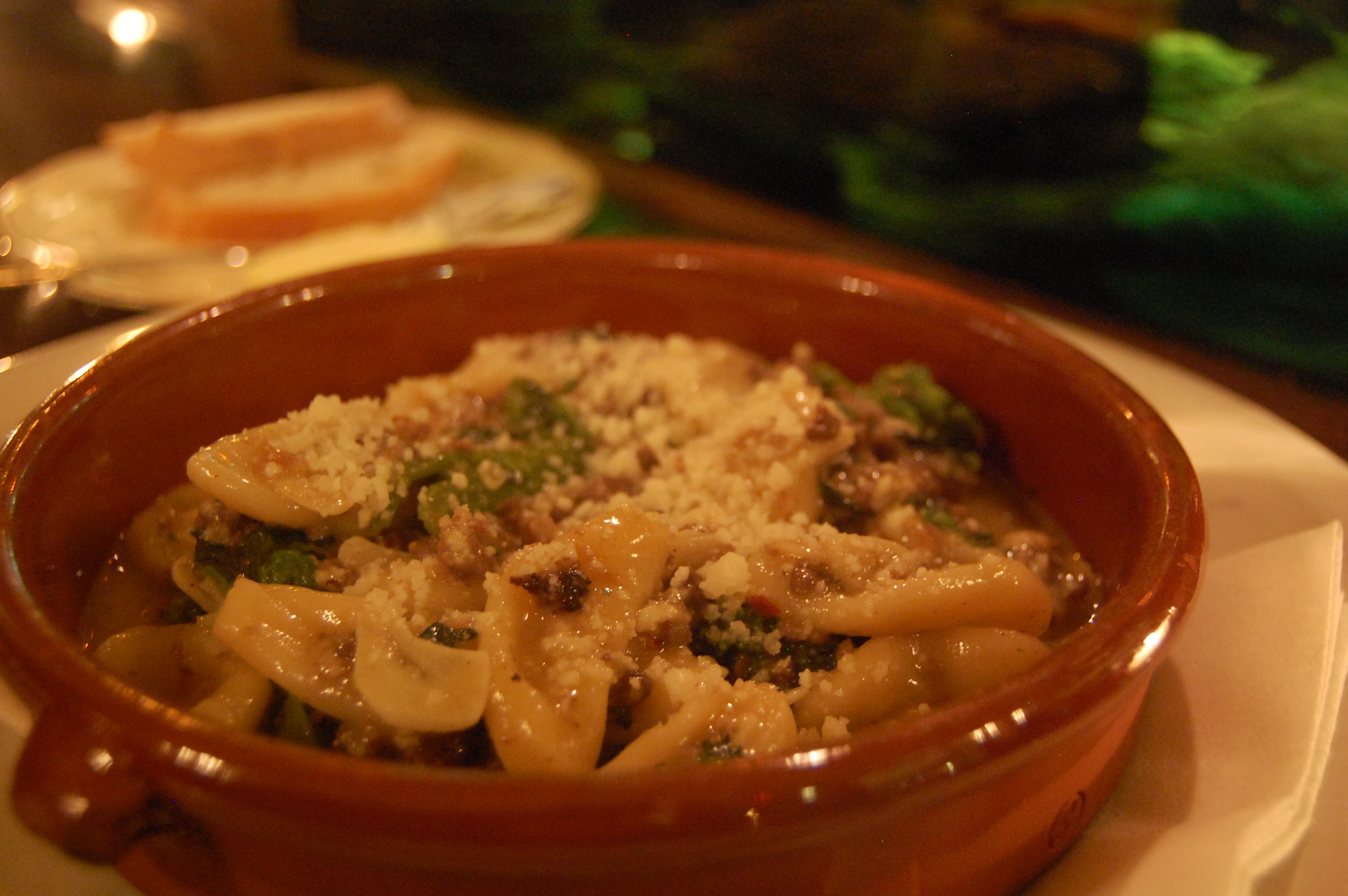 stu_spivack, Wikimedia Commons
stu_spivack, Wikimedia Commons
American Dishes With Italian Roots
Many so-called Italian favorites are really American in origin. Spaghetti and meatballs is probably the most famous, a fusion dish whipped up by Italian immigrants in the early 20th century. In Italy, meatballs (polpette) are normally served without pasta. Chicken Parmesan, another Italian-American favorite, originally came from eggplant parmigiana and showcases breaded chicken cutlets all smothered up in marinara and mozzarella. Even Fettuccine Alfredo came from Rome but became a cream-heavy dish befitting American tastes.
Tiramisu: Veneto
For dessert, it doesn’t get much more Italian than tiramisu. This layered dessert of espresso-soaked ladyfingers, mascarpone, and cocoa came out of the Veneto region back in the 1960s. It’s quite new by Italian standards, but it’s quickly gone on to be a worldwide favorite on menus from Milan to Manhattan.
Regional Flavors That We Can All Explore
Italian cuisine is far from a uniform tradition. It’s a patchwork of regional identities, local ingredients, historical influences, and family traditions. From the Alpine cheeses of the north to the sun-drenched olives of the south, every dish has its own regional ingredients. Of course, Italian-American dishes have taken on a life of their own, but they’re part of the continuing saga of Italian cuisine and its gift to the world.
You May Also Like:
Get Your Pasta "Al Dente" Every Time
Provolone: A Classic Italian Cheese
The Top 30 Food Traditions From Around The World, According To UNESCO

